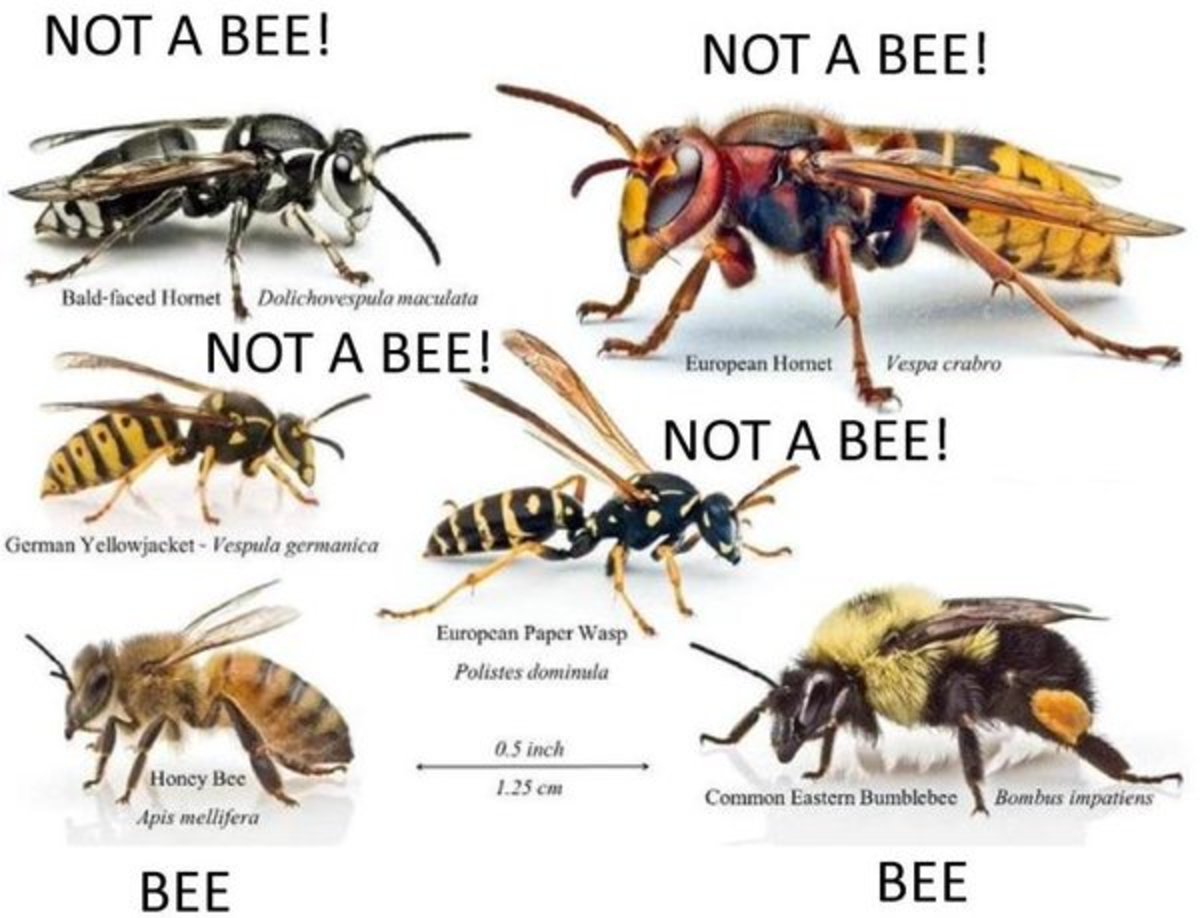Bees, wasps and hornets are often mistaken for one another due to their similar appearance. However, despite their similarities, they are very different creatures. In this article, we’ll discuss the main differences between bees, wasps and hornets.
Physical Differences

Bees, wasps and hornets all have similar physical characteristics, such as their stingers and their striped bodies. However, there are some key differences between the three. Bees are typically fuzzy and rounder, with a more robust body. Wasps are generally more slender and have a more defined waist, while hornets are larger and have a more elongated body.
Behavioral Differences

Bees are known for their important role in pollination and honey production. They are generally not aggressive unless their hive is threatened. Wasps are more aggressive and territorial, and can be attracted to sweet foods and drinks. Hornets are the most aggressive of the three and will aggressively defend their nests.
Nesting Habits

Bees typically live in hives or colonies, which are usually found in trees, crevices, or man-made structures. Wasps build their nests in sheltered areas, such as under eaves, in attics, or in the ground. Hornets build their nests in trees, shrubs, or on the sides of buildings.
Stinging Habits

All three insects are capable of stinging, but their stinging habits differ. Bees can only sting once, as their stinger is barbed and will remain in the skin, causing the bee to die. Wasps and hornets, on the other hand, can sting multiple times. Hornets’ stingers are larger than those of bees and wasps, making their stings more painful.
What to Do if You Encounter One
If you encounter a bee, the best thing to do is to remain calm and avoid swatting at it. If you are stung, remove the stinger quickly and apply a cold compress to the area. If you encounter a wasp or hornet, the best thing to do is to slowly and calmly walk away. Do not wave your arms or swat at them, as this can provoke an attack.
Conclusion
While bees, wasps and hornets may look similar, they have distinct differences in their physical characteristics, behavior, nesting habits, stinging habits and how to deal with them. It is important to understand these differences in order to stay safe and avoid any unwanted encounters.